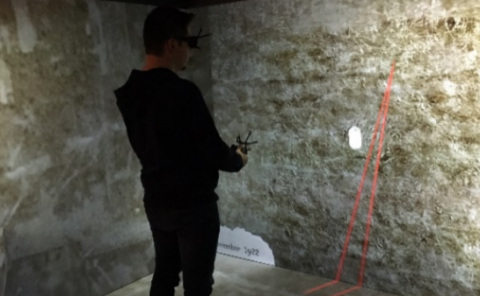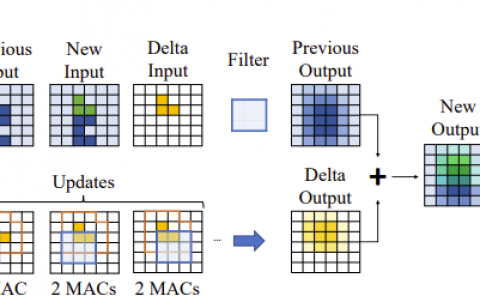Bottom-up approaches for multi-person pose estimation and it’s applications: A brief review
PubDate: Dec 2021
Teams: Norwegian University of Science and Technology
Writers: Milan Kresović, Thong Duy Nguyen
PDF: Bottom-up approaches for multi-person pose estimation and it’s applications: A brief review

Abstract
Human Pose Estimation (HPE) is one of the fundamental problems in computer vision. It has applications ranging from virtual reality, human behavior analysis, video surveillance, anomaly detection, self-driving to medical assistance. The main objective of HPE is to obtain the person’s posture from the given input. Among different paradigms for HPE, one paradigm is called bottom-up multi-person pose estimation. In the bottom-up approach, initially, all the key points of the targets are detected, and later in the optimization stage, the detected key points are associated with the corresponding targets. This review paper discussed the recent advancements in bottom-up approaches for the HPE and listed the possible high-quality datasets used to train the models. Additionally, a discussion of the prominent bottom-up approaches and their quantitative results on the standard performance matrices are given. Finally, the limitations of the existing methods are highlighted, and guidelines of the future research directions are given.


